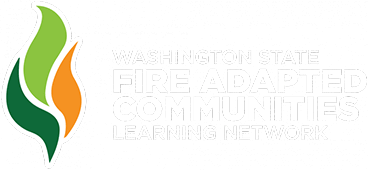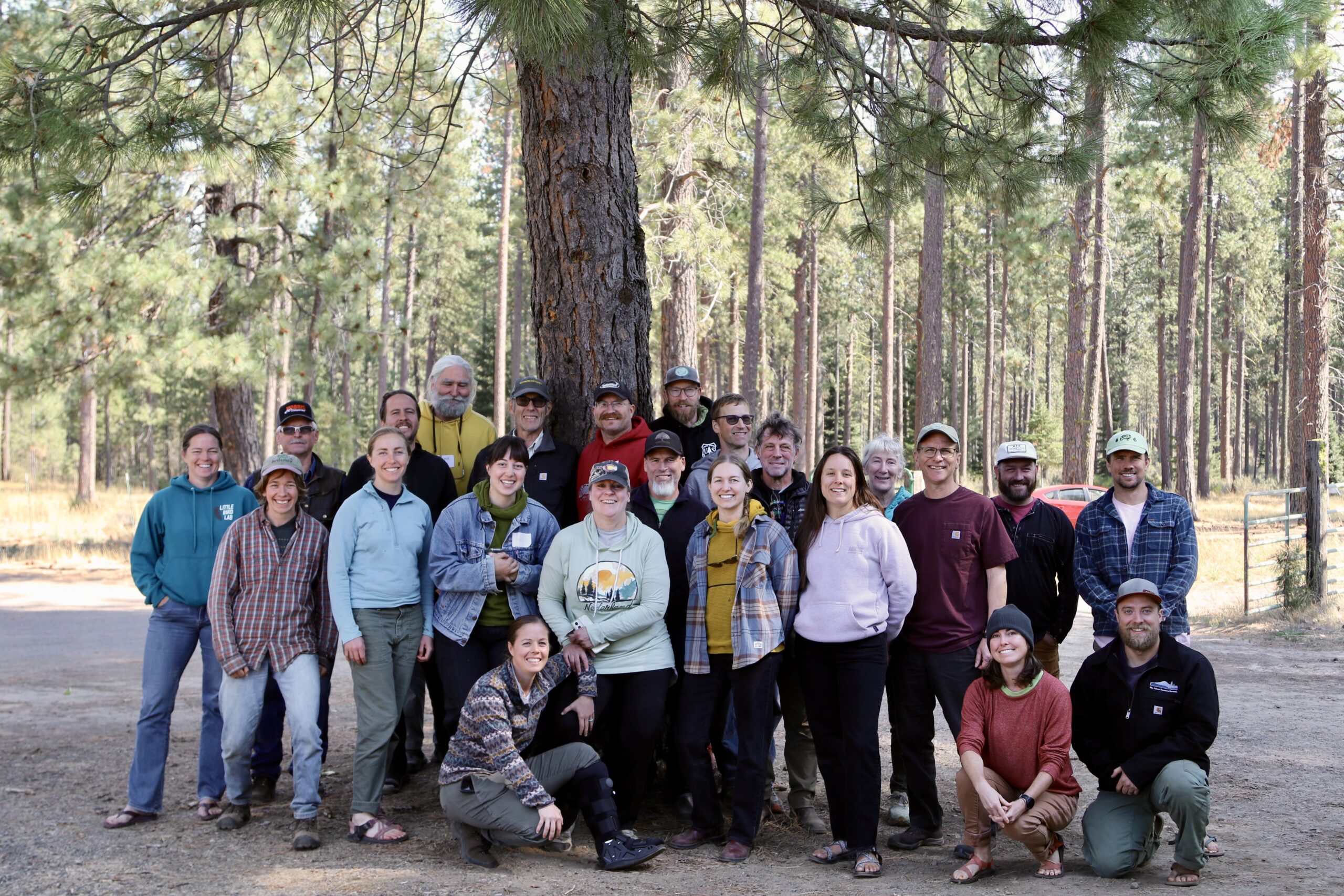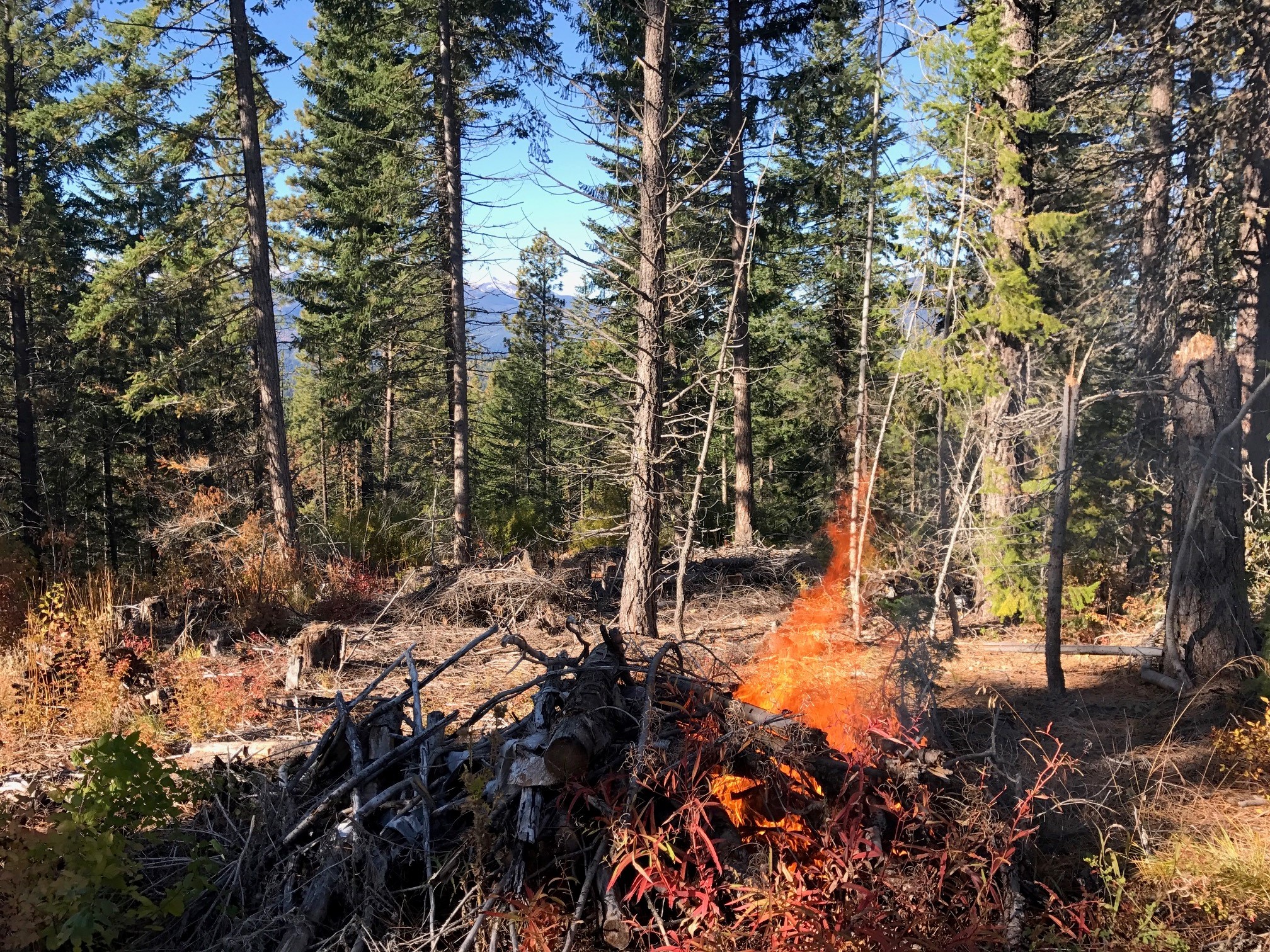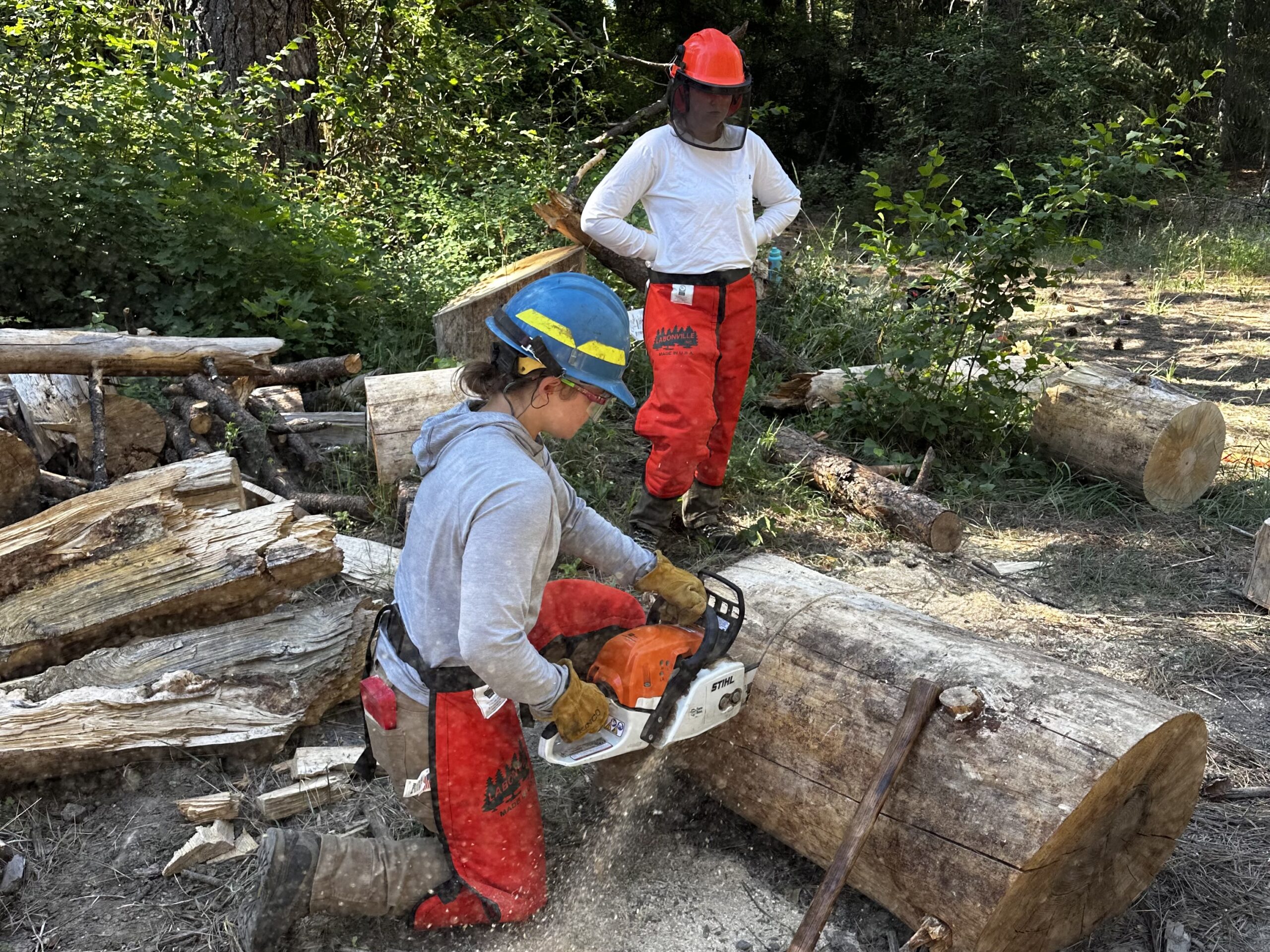The Westridge neighborhood and surrounding foothills. Wenatchee, Washington. Photo: John Marshall
When I took the position of Community Wildfire Liaison for Chelan County Fire District 1 in Wenatchee Washington, I had no idea what to do or a solid understanding of a “fire adapted community”. The concepts around both seemed vague: no checklist, no itinerary, no tangible goals. In the past months, I have organized classes, cut brush, written grants, completed home assessments and watched more than a few webinars. A year down and I remain certain there is no finish line. Maybe that’s the point, it is a constant progression not a goal. I paraphrase Westridge resident John Marshal: “it is what you make it.”
What became the “Westridge Training Fire” began as two concerned neighbors asking for support in fuels reduction, and raising awareness of wildfire. The neighborhood is situated atop a ridge densely populated with sage, non-native grasses, and faces prevailing winds that will take your hat off just about every day. Most of the houses on the ridge lie within 30 feet of a 20 percent (or greater) slope, have continuous fuels from the hillside to vegetation touching structures, flammable siding, attached wooden fences, wooden decks, bark mulch, dead leaves, and of course arborvitae. There are even shake roofs crawling with dead vines.
Manually removing the fuels off the slope was a barrier to getting the needed work done, and the opinion of community members was: a form of prescribed fire on the hillside would be much more efficient. When Chief Burnett offered to burn the hillside as a training exercise, I gulped, and began to gather every forestry, fire, and natural resource expert I could get my hands on (thank you everyone). Together, we assessed the hillside and shared observations with the community through a panel discussion. Of the 33 households in the neighborhood about 8 people showed up, and the prevailing attitudes of non-participants were “there has never been a fire here before,” and “it’s my neighbor’s problem not mine.” Anyone reading this post likely has their hand on their forehead like I did at the time.
A neighborhood wide risk assessment outlined existing conditions and recommended improvements in the structure ignition zone; a single structure fire would be a huge risk to everyone in the neighborhood including those across the street. Included in the assessment were recommendations for fuel reduction and detailed burn pile construction guidelines.
The reaction was impressive.
Over the following four months, residents organized, removed fuels, and started having those “across the fence conversations” about working together to reduce wildfire risk. Come May, 62 piles dotted a two acre burn site, residents were requesting home assessments and truckloads of evergreen shrubs were being hauled away.
Wildfire season was just around the corner. This was our organization’s first time conducting a joint prescribed fire/ training fire in a Wildland Urban Interface setting. The pressure was on to pull this off. Thoughts of national news headlines reading “Training fire escapes, burns down houses, search continues for man responsible” kept me up at night. I was beyond grateful when our mutual aid partners agreed to participate (THANK YOU AGAIN). However, coordinating a date with half a dozen agencies narrowed our burn window down to a single day; not ideal for following a prescription. Fingers crossed, and praying to the weather gods we had a green light the morning of May 8th and we lit the torches as scheduled at 0900.

The events of the day went about as smoothly as I could imagine: we hit our timelines narrowly to the minute save for the actual burn which took only half the time scheduled. 10 apparatus and 60 personnel were organized into a mock incident command structure under firing, holding, structure protection and water supply. Each assignment was in place during the burn, and later shuffled to participate in different aspects of the WUI fire training including triage, structure protection, handline construction and weather observations.
The consensus was the project was a success, and considering I’m not living off the grid hiding from news reporters I tend to agree. There are, however, always areas to improve.
Organizing 60 interagency personnel, and providing an equal opportunity for each to train was a real challenge. I would not have predicted that burning 62 piles would take an hour and a half, and pausing pile ignition to move folks around between the fire and structure protection will be a consideration for the future. Far fewer resources would be necessary if burning was conducted in the late fall, or earlier in the spring. There were also a couple logistical issues that fell through the cracks, for example when you provide 60 firefighters breakfast of fruit, muffins, and unlimited coffee you must also provide them with a bathroom.

Months following the fire I am still getting home assessment requests and Westridge residents continue to reduce fuels, and improve their structures. I like to think of this project as exemplifying “shared responsibility,” which I believe to be the root of any fire adapted community: public organizations pursuing education, risk reduction, and improved response alongside empowered citizens addressing hazardous fuels, structure resilience, and participating in an ongoing wildfire conversation. It is collaboration like we saw May 8th and the months prior that exemplify a fire adapted community.





